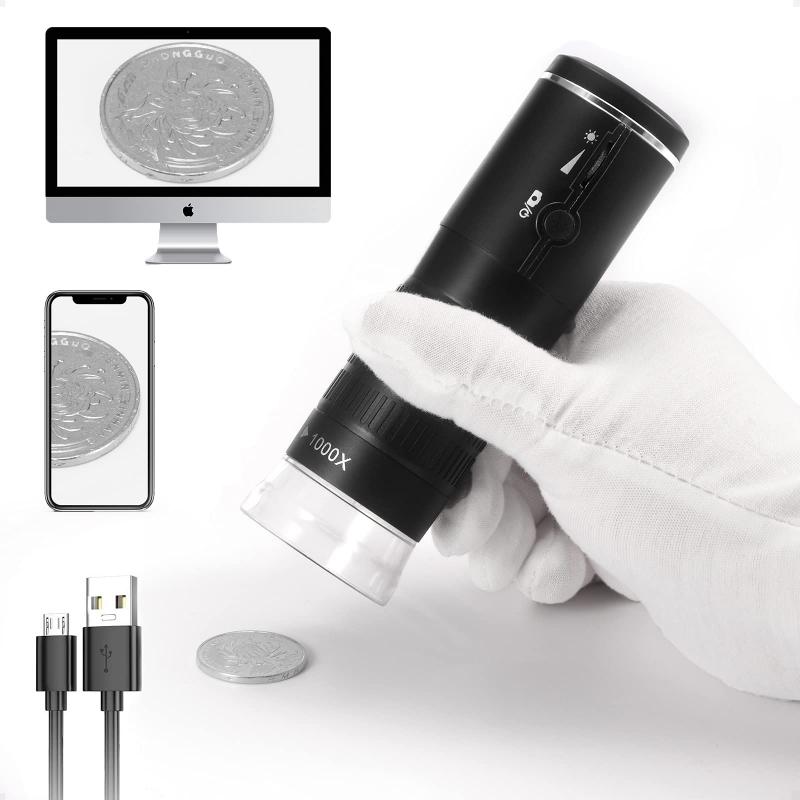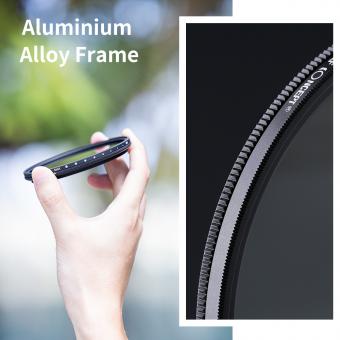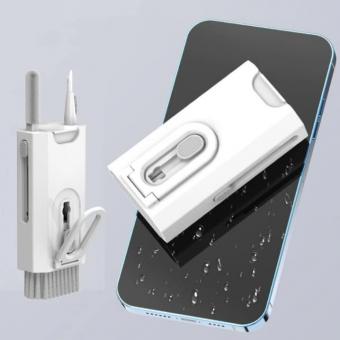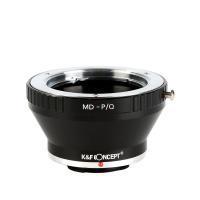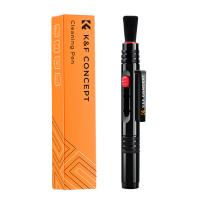What Do You Put On Microscope Slides ?
Microscope slides are typically used to hold and support specimens for observation under a microscope. To prepare a slide, a thin and transparent material called a coverslip is placed over the specimen to protect it and provide a flat surface for viewing. Prior to placing the specimen, a small amount of mounting medium or a liquid such as water, saline, or a specialized mounting solution may be added to enhance visibility and preserve the specimen's structure. Additionally, stains or dyes can be applied to highlight specific features or structures of interest. Once the specimen is properly positioned and covered, the slide is ready for examination using a microscope.
1、 Mounting media: Liquids used to secure specimens on microscope slides.
Mounting media refers to the liquids or substances used to secure specimens on microscope slides. These media play a crucial role in preserving the integrity of the specimen and allowing for clear observation under the microscope.
There are various types of mounting media available, each with its own specific properties and applications. One commonly used mounting medium is a clear, viscous liquid called Canada balsam. Canada balsam is derived from the resin of the balsam fir tree and has been used for many years in microscopy. It provides excellent optical properties and is particularly useful for mounting permanent specimens that require long-term preservation.
Another commonly used mounting medium is glycerol, a colorless and odorless liquid. Glycerol is often used for mounting live specimens or specimens that need to be observed in their natural state. It helps to maintain the moisture content of the specimen and prevents it from drying out during observation.
In recent years, there has been a growing interest in using synthetic mounting media, such as synthetic resins or acrylic-based mounting media. These synthetic media offer advantages such as improved clarity, reduced yellowing over time, and increased resistance to temperature and humidity changes. They are particularly useful for mounting delicate or sensitive specimens that require high-quality imaging.
It is important to note that the choice of mounting media depends on the nature of the specimen and the specific requirements of the observation. Different mounting media have different refractive indices, viscosity levels, and drying times, which can affect the quality of the observation. Therefore, it is essential to select the appropriate mounting media to ensure accurate and reliable microscopy results.

2、 Coverslips: Thin, transparent pieces of glass used to cover specimens.
What do you put on microscope slides? Coverslips: Thin, transparent pieces of glass used to cover specimens. Coverslips are an essential component of preparing microscope slides for observation under a microscope. They are typically square or rectangular in shape and are placed on top of the specimen to protect it and provide a clear view.
Coverslips are made from high-quality glass that is extremely thin, usually around 0.13 to 0.17 millimeters in thickness. This thinness allows light to pass through without distortion, ensuring accurate observation of the specimen. The glass used for coverslips is also optically clear, minimizing any interference with the image being viewed.
When preparing a microscope slide, a small drop of liquid containing the specimen is placed on a glass slide. The coverslip is then carefully lowered onto the specimen, ensuring that no air bubbles are trapped underneath. The liquid acts as a medium, allowing the light to pass through and enabling the observer to see the specimen clearly.
Coverslips serve several purposes in microscopy. Firstly, they protect the specimen from damage or contamination, preventing it from drying out or being disturbed during observation. Secondly, coverslips help to flatten the specimen, making it easier to focus on specific areas of interest. Additionally, coverslips help to reduce the risk of lens immersion oil or other immersion media coming into direct contact with the microscope objective, which could cause damage.
In recent years, there have been advancements in coverslip technology. Some coverslips now come with specialized coatings to improve cell adhesion or reduce autofluorescence. Additionally, coverslips with specific thicknesses or refractive indices are available for specialized microscopy techniques such as confocal microscopy or total internal reflection fluorescence microscopy.
In conclusion, coverslips are an integral part of preparing microscope slides. They provide protection, clarity, and facilitate accurate observation of specimens. With advancements in technology, coverslips continue to evolve, offering additional features to enhance microscopy techniques.
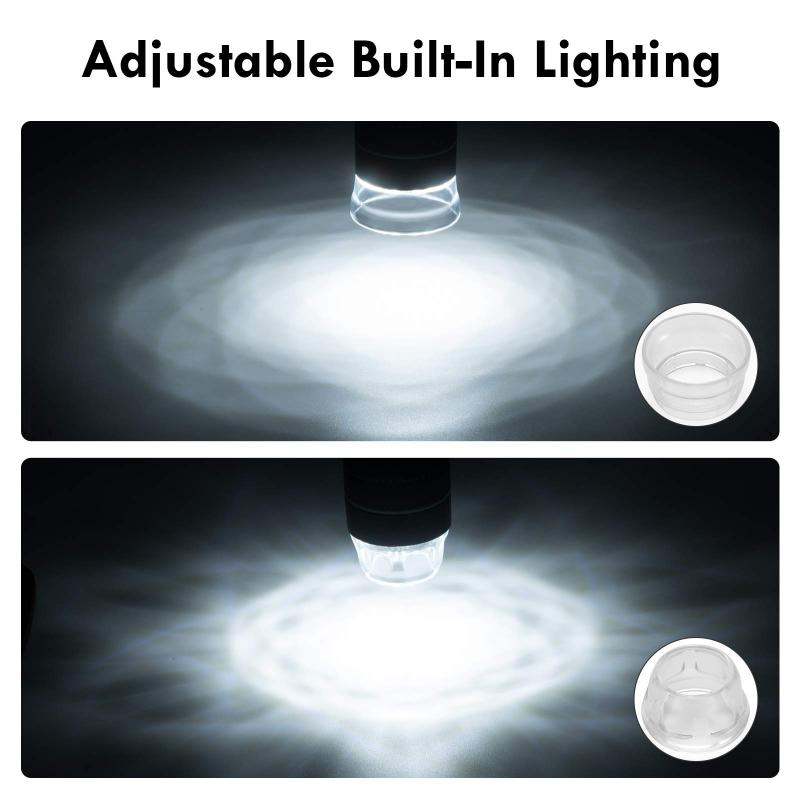
3、 Stains: Chemical dyes that enhance visibility of specific cellular structures.
Microscope slides are used to hold and observe specimens under a microscope. To enhance the visibility of specific cellular structures, stains are commonly used. Stains are chemical dyes that selectively bind to different components of cells, making them more visible and allowing for detailed examination.
There are various types of stains used in microscopy, each targeting specific cellular structures or components. For example, hematoxylin and eosin (H&E) stain is commonly used in histology to visualize cell nuclei (hematoxylin stains nuclei blue) and cytoplasm (eosin stains cytoplasm pink). Other stains, such as Giemsa stain, are used to identify specific cell types or pathogens, such as bacteria or parasites.
Stains can also be used to highlight specific cellular structures or organelles. For instance, fluorescent dyes can be used to label specific proteins or DNA within cells, allowing for visualization under fluorescence microscopy. Immunohistochemistry is another technique that uses specific antibodies labeled with stains to detect the presence of specific proteins in tissues.
It is important to note that the use of stains in microscopy has evolved over time. With advancements in technology, new staining techniques and dyes have been developed. For example, immunofluorescence staining has become a powerful tool in modern microscopy, allowing for the visualization of specific proteins within cells with high specificity and sensitivity.
In conclusion, microscope slides are typically prepared with stains to enhance the visibility of specific cellular structures. Stains, such as chemical dyes or fluorescent labels, selectively bind to different components of cells, allowing for detailed examination and analysis. The use of stains in microscopy continues to evolve, with new techniques and dyes being developed to improve the visualization and understanding of cellular structures and processes.
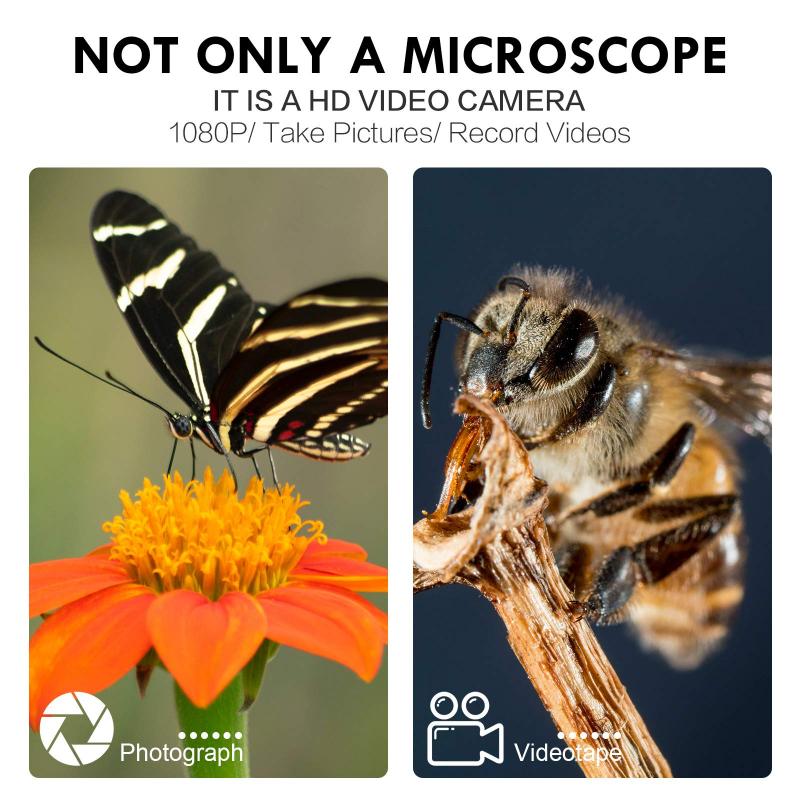
4、 Fixatives: Substances used to preserve and stabilize specimens on slides.
What do you put on microscope slides? Fixatives: Substances used to preserve and stabilize specimens on slides.
When preparing microscope slides, it is essential to use fixatives to preserve and stabilize the specimens. Fixatives are substances that prevent decay, maintain the structure of the specimen, and prevent any changes that may occur during the staining and observation process.
There are various types of fixatives available, and the choice depends on the nature of the specimen and the purpose of the observation. Some commonly used fixatives include formaldehyde, ethanol, methanol, and glutaraldehyde. These fixatives work by cross-linking proteins and other cellular components, preventing their degradation and maintaining the integrity of the specimen.
Formaldehyde is one of the most widely used fixatives due to its ability to preserve cellular structures effectively. However, there has been growing concern about its potential health hazards, as it is a known carcinogen. As a result, alternative fixatives are being explored to minimize exposure to formaldehyde.
One such alternative is ethanol, which is commonly used for preserving specimens for light microscopy. Ethanol is less toxic than formaldehyde and is effective in preserving cellular structures. Another alternative is methanol, which is often used for preserving specimens for electron microscopy. Methanol is also less toxic than formaldehyde and provides good preservation of cellular ultrastructure.
Glutaraldehyde is another fixative commonly used for electron microscopy. It is highly effective in preserving cellular structures and provides excellent contrast for electron microscopy observations.
In recent years, there has been a growing interest in the development of non-toxic fixatives that can provide comparable results to traditional fixatives. Researchers are exploring natural compounds and alternative chemical formulations to achieve this goal. These advancements aim to improve the safety of laboratory personnel and reduce environmental impact without compromising the quality of specimen preservation.
In conclusion, fixatives are essential components in preparing microscope slides. They preserve and stabilize specimens, preventing decay and maintaining the integrity of cellular structures. While traditional fixatives like formaldehyde are widely used, there is a growing interest in exploring alternative fixatives that are less toxic and environmentally friendly. Continued research and development in this area will contribute to safer and more sustainable laboratory practices.
